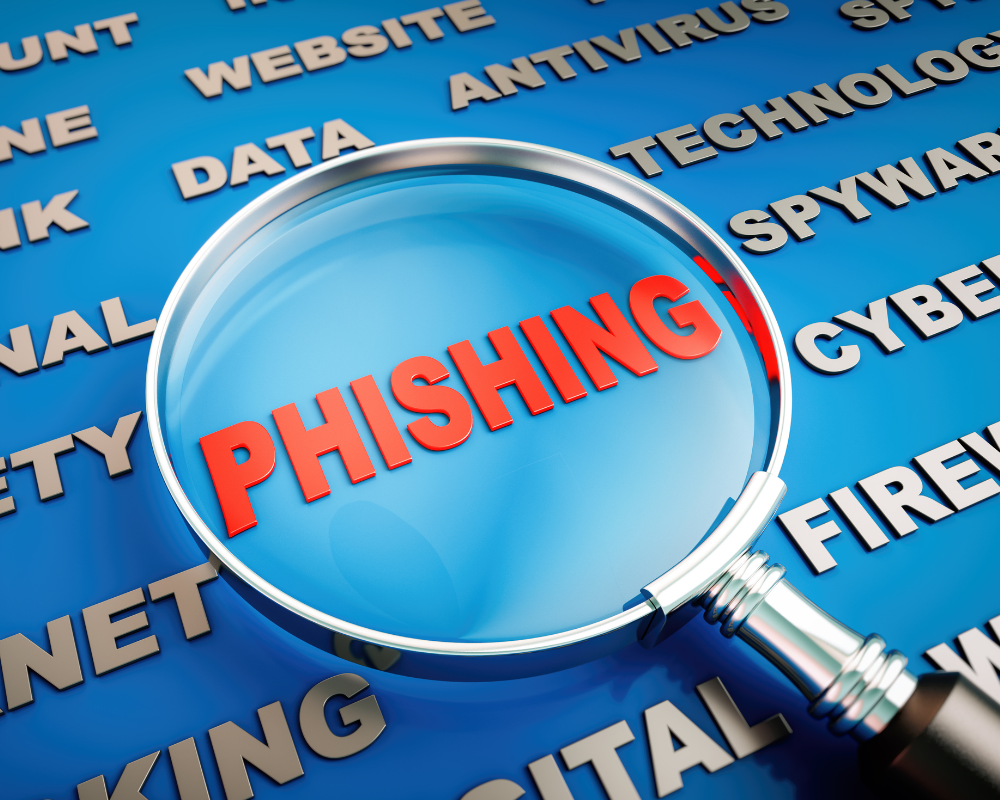Phishing is one of the most common and dangerous attack vectors used by cybercriminals. Despite the development of email authentication technologies such as SPF, DKIM and DMARC, many organizations still fall prey to impersonation of trusted sources. Attackers are becoming increasingly creative, taking advantage of oversights in systems and inattentive employees. That’s why it’s important to take a comprehensive approach to cyber security and protect against threats on multiple levels – which OPSWAT‘s solutions help to do.
Key findings:
-
Traditional email authentication methods do not provide full protection.
-
Phishing attacks are becoming increasingly difficult to detect, even by experienced users.
-
Organizations need a layered approach to cyber security that also includes content, context and attachment analysis.
-
The tools offered by OPSWAT enable effective real-time analysis and elimination of hidden threats.
-
Employee education and advanced technology are the foundation for effective protection against phishing.
Table of Contents:
-
What is phishing and why it still works
-
Limitations of standard email security
-
How modern phishing campaigns work
-
OPSWAT – a new level of email protection
-
Why traditional approaches to phishing are no longer enough
-
FAQ
-
Summary
What is phishing and why it still works
Phishing is a fraud method that involves impersonating a trusted source in order to defraud or infect a system. Despite the continuous development of security features, cybercriminals still use this method of attack effectively. This is mainly due to the fact that phishing relies on human error – emotions, haste and lack of awareness. The more convincing the message, the greater the chance that the user will click a dangerous link or download a harmful attachment.
Limitations of standard email security
Standard email protections such as SPF, DKIM and DMARC are good solutions, but they are not enough on their own. Often attackers find ways to circumvent them or use configurations that appear to be correct. What’s more, many companies fail to fully implement these technologies or update their settings. Lack of consistency and knowledge of how these systems work means that even correctly configured mechanisms do not guarantee protection against phishing.
How modern phishing campaigns work
Modern phishing attacks are no longer just messages with spelling errors and suspicious links. Increasingly, they are sophisticated campaigns that use victim information, tailored language and graphics, and legitimate-looking email addresses. Attackers can also send messages from domain addresses that differ from real ones by only a single character – making them difficult to detect with the naked eye. Phishing is becoming increasingly automated and uses artificial intelligence to increase effectiveness.
OPSWAT – a new level of email protection
OPSWAT solutions offer a layered approach to phishing protection. By analyzing attachments in real time, detecting hidden threats and using sandboxing, OPSWAT allows you to neutralize threats before they reach the inbox. These technologies analyze not only the sender and content, but also the context of the message and potential manipulation attempts. This is an effective response to modern phishing attacks that can bypass basic security.
Why traditional approaches to phishing are no longer enough
The world of cyber threats is changing by the day. Companies that want to defend themselves effectively must go beyond basic filters and focus on more advanced solutions. It is also necessary to build awareness among employees and implement automated mechanisms to detect and block threats. Without this, phishing will continue to be an effective tool used against organizations of all sizes.
FAQ
Do SPF, DKIM and DMARC completely protect against phishing?
No – they are helpful, but they don’t eliminate all risks, especially advanced ones.
What OPSWAT tools help protect against phishing?
Among other features, OPSWAT offers sandboxing, real-time attachment and content analysis, and intelligent anomaly detection.
Can phishing be completely eliminated?
No, but its effectiveness can be significantly reduced through a combination of technology and education.
Why is phishing so effective?
Because it is based on human error and the increasing personalization of attacks.
Summary
Phishing is one of the biggest threats to companies and institutions. Despite implementing basic security measures, attackers still find ways to bypass protection. That’s why organizations need to bet on a modern, layered approach to cyber security and implement solutions such as OPSWAT. Only through a combination of technology and education can data and users be effectively protected from increasingly sophisticated phishing attacks.



